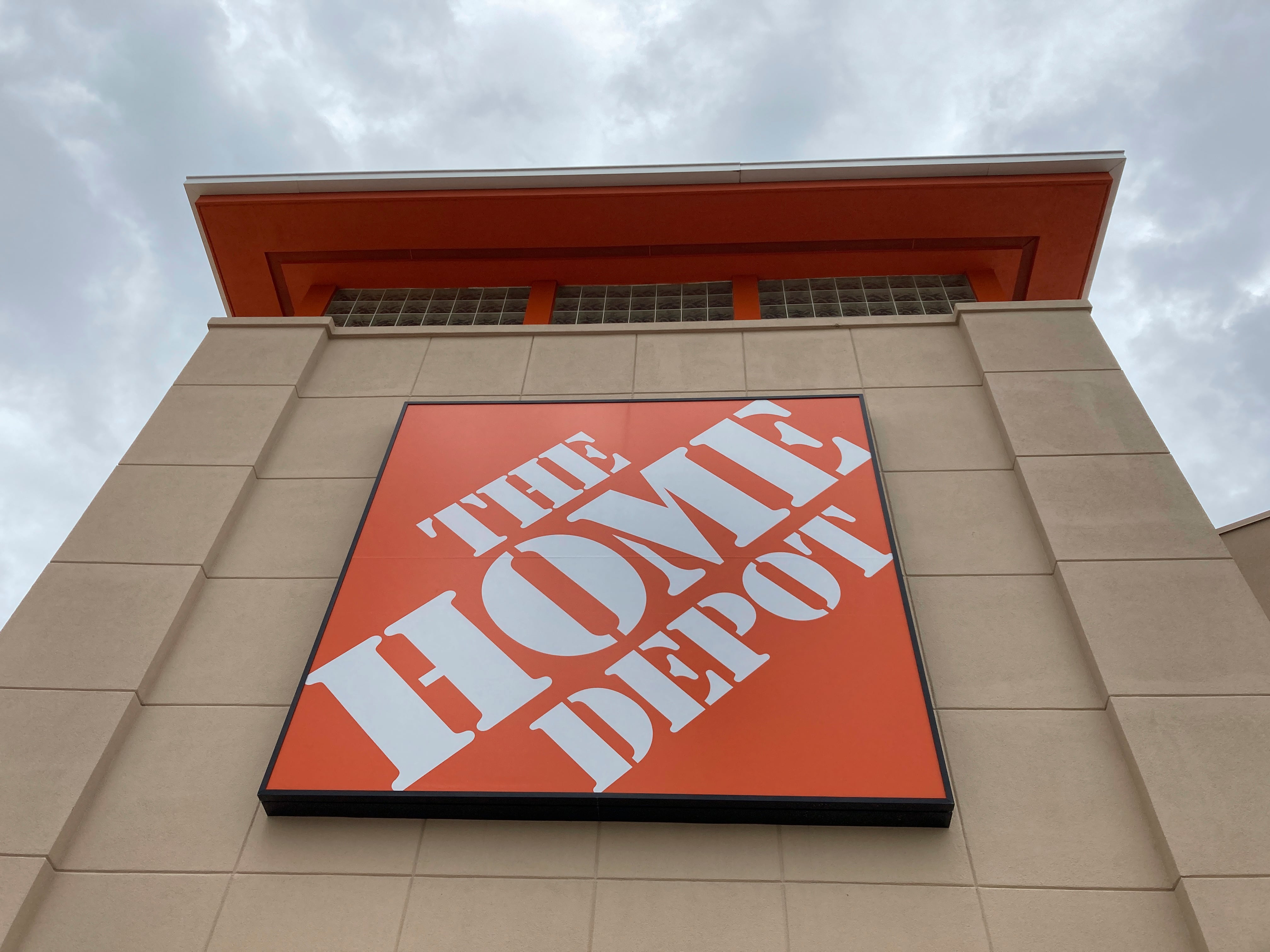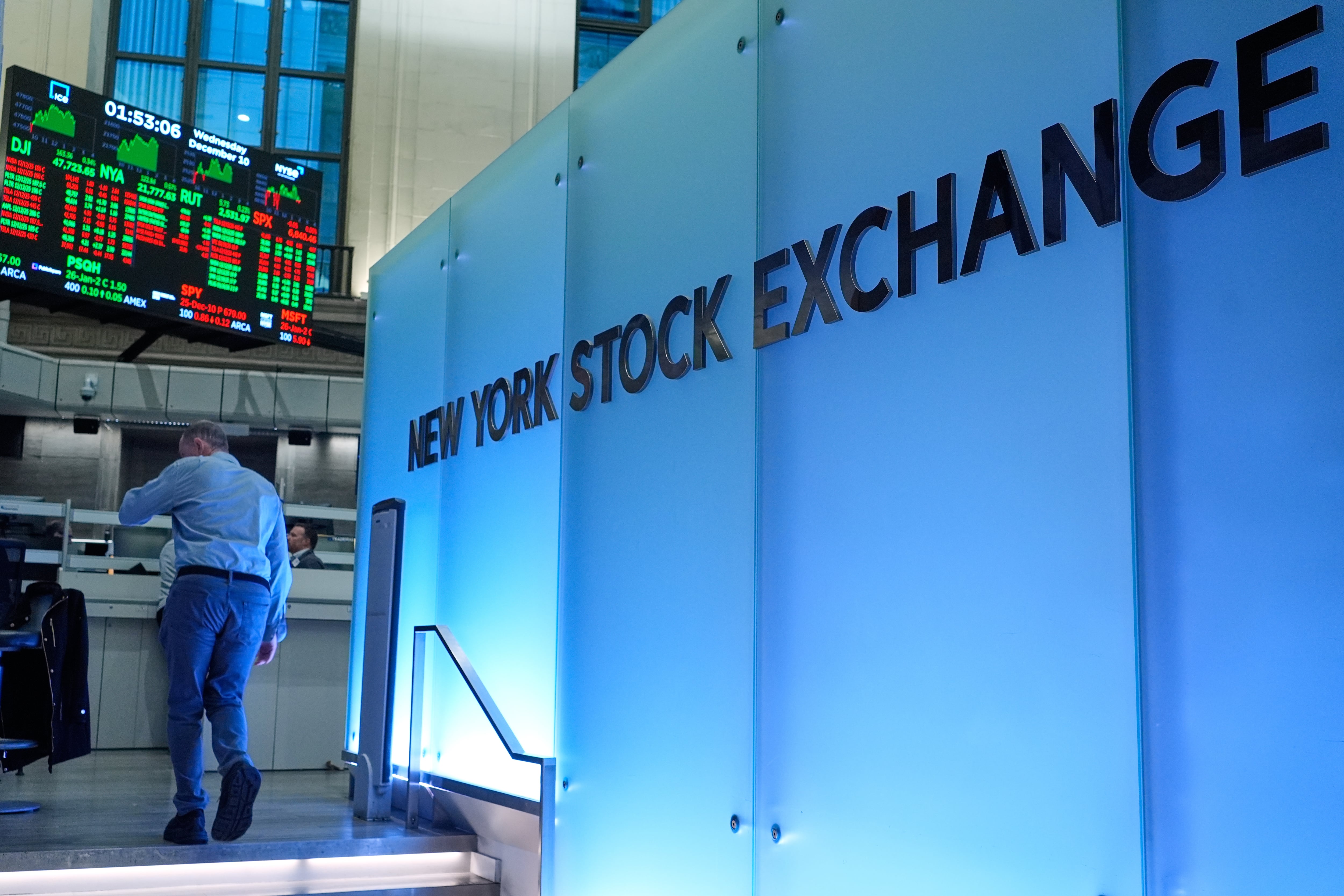LOS ANGELES (AP) — U.S. homeowners are spending more on home renovation projects, bucking a broader pullback by consumers amid diminished confidence in the economy.
Sales at building materials and garden supply retailers rose 0.8% last month from March, the biggest gain since 2022, and were up 3.2% from April last year. At the same time, U.S. retail sales overall rose 0.1%, a sharp slowdown from March.
The trend comes even as prices for home improvement products have been rising.
The cost of home repairs and remodeling climbed by nearly 4% in the first quarter from a year earlier, according to Verisk’s Remodel Index. The strategic data analytics firm tracks costs for more than 10,000 home repair items, from appliances to windows.
Recent price increases appear to be driven primarily by labor costs and don’t appear to reflect the ongoing trade war that the Trump administration is engaged in with major U.S. trading partners like Mexico, China and Canada.
“We haven’t seen panic buying from contractors or investors concerned about the impact tariffs might have on future costs, or labor rates being driven up by stricter enforcement of immigration policies,” Greg Pyne, vice president of pricing for Verisk Property Estimating Solutions, said in a report earlier this month.
Home Depot said Tuesday that it doesn’t expect to raise prices because of tariffs, saying it has spent years diversifying the sources for the goods on its shelves. However, executive Billy Bastek said some products now on Home Depot shelves may disappear.
He also noted that the chain is seeing fewer customers taking on large home improvement jobs like kitchen and bath remodels, because high interest rates may be dissuading homeowners from borrowing money to finance such projects.
Spending on home renovations has remained resilient as elevated mortgage rates and skyrocketing home prices have frozen out many would-be buyers. That’s kept U.S. home sales in a slump, limiting the market for homeowners who want to sell.
Many homeowners also bought or refinanced their mortgage when the average rate on a 30-year home loan was below 3% or 4% in the first couple of years of the pandemic. That’s made them reluctant to sell now, when the average rate is hovering near 7%.
In response, many homeowners have opted to to invest in sprucing up their home rather than sell and take on a mortgage with a sharply higher interest rate.
A shortfall in new home construction more than a decade in the making has kept people living in older homes longer. Nearly half of the owner-occupied homes in the U.S. were built before 1980 and have a median age of 41 years, according to an analysis of Census data by the National Association of Home Builders. That aging stock of homes has helped fuel the need for repairs and improvements.
Harvard University’s Joint Center for Housing Studies’ most recent quarterly outlook of home improvement projects that spending on home renovations will continue to increase this year, despite economic uncertainty.
Spending by homeowners on maintenance and home improvement projects increased 0.5% in the first quarter from a year earlier to $513 billion, according to the JCHS’ leading indicator of remodeling activity, or LIRA.
It also forecasts annual increases from here that will drive spending to $526 billion by the first quarter of next year. That would represent a 2.5% increase from the first quarter of this year.
Rising home prices and signs of a solid economy have supported the outlook for higher spending on home improvement, but that could change if the housing market and economic outlook worsen, said Carlos Martín, director of the JCHS’ Remodeling Futures Program.
“Building materials retail sales are strong, but we are seeing a significant downturn in the sales of existing homes and their median sales price since the last projection — both are known contributors to home improvements,” Martin said. “Broader economic turbulence like a recession, a worsening job market or higher inflation would almost certainly temper our expectations.”









